Kyle Lybarger founded the Native Habitat Project to raise awareness around Alabama's disappearing native grasslands — and try to save them.
ALABAMA WAS ONCE blanketed in large areas of savanna and prairie. These swaths of swaying grasses, wildflowers and other plants found among them, provided homes for a multitude of wildlife and insects. Today, only small patches of this distinct habitat remain. Finding them, preserving them, and expanding them is the mission of the Native Habitat Project (NHP). Founded in 2021, this small organization is making a big impact, led by founder Kyle Lybarger.
While he mostly does his work in North Alabama and Southern Tennessee, you don’t have to be in those areas to meet Lybarger and experience his enthusiasm for the South’s hidden — and disappearing — ecosystems. You can meet him via NHP’s social media channels, including Facebook, Instagram, and YouTube. Bearded and always sporting a ball cap, Lybarger posts short and informative (and often, pretty darn entertaining) videos.
He walks through woodlands identifying deep green twisted trillium, mountain azalea bushes, their delicate pale pink petals just beginning to burst forth, and carpets of newly sprouted wood oats, noting the importance of prescribed burns for native species restoration. He strolls through fields, pointing out wildflowers like golden Alexander and slim stalks of Atlantic camas with their tiny white blooms. He visits sites soon to be developed, which will destroy the plants currently growing on them, gathering species to transplant, and later, shows folks how to grow their own native wildflower plugs and explains why they should. On roadside rambles, Lybarger shows a bit of agitation as he gently handles native phlox and Jacob’s ladder while stressing the damage that the broadcast herbicide spraying that state departments of transportation, including Alabama’s, routinely conduct. And while he’s got nothing against trees in general, there are a few rants about the problems caused by Bradford pears.
Each of Lybarger’s videos usually go into detail on the positives and plight of a few specific plants, but his efforts have always been focused on grassland habitats as a whole. These pastoral places left in Alabama grabbed his affection early. “Everyone pays attention to trees and forests, but Alabama has more forest now than it ever has,” he says. “The majority of the state used to be grassy ecosystems, either prairie or savanna, but we’ve lost 99 percent of them. Our grasslands are our most diverse ecosystems, and now, it’s very difficult to find any existing prairie.”
And when a habitat is gone, so too are the other living things that depend on it. “If we lose these places, then we will lose the wildlife, too. Certain birds, for instance, need prairie to nest; they feed on the insects that live among its plants. They feed on those plants’ seeds too,” he says. Lybarger points to losses already sustained, like the state’s continually diminishing number of quail. “They are the canary in this coal mine,” he says.
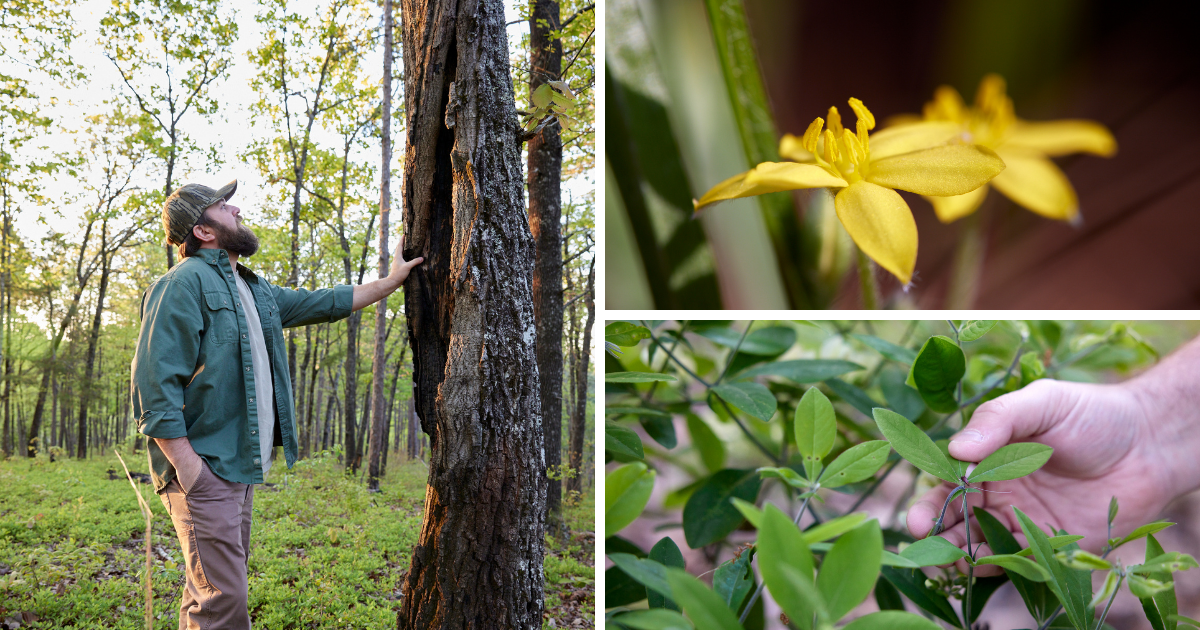
THE AIM OF THIS content is to encourage people to get outside and look around. “Pay attention to your surroundings, and if you see a flower or plant you don’t recognize, take a picture of it. You can use an app to identify it,” he tells viewers. Protecting and increasing Alabama’s biodiversity through native species conservation is NHP’s purpose, and one that grew from Lybarger’s personal passion, but its roots are in what was, in the beginning, merely a hobby.
After earning a forestry degree from Alabama A&M University, Lybarger was working as a private forester. His day-to-day was driving around with landowners to see what needed to be addressed on their property to keep it healthy and thriving. “I got the itch to figure out more of what I was looking at, the plants that I was seeing,” he says. He’d snap photos and then post them to his personal Facebook page, asking his friends to help him identify whatever he’d posted. The digital mysteries were a hit. “People loved it, even if they didn’t know what it was either, they seemed to enjoy discovering alongside me what was growing wild in the north part of our state.” His clients were equally appreciative of his growing interest. “When I’d walk properties with the landowners, I’d point out these plants I’d learned about, and they’d be amazed that they’d been on the land all their lives and not noticed them,” he says.
He continued to find and was able to label flora that had been previously unknown, and the connections and excitement generated when he shared what he’d learned provided the energy needed for a new idea to germinate. “I realized how much I enjoyed not just finding these plants myself but spreading the word. I could see that other people cared about it, too; they cared about the land, but they didn’t have anyone to teach them about it or teach them how to maintain it.”
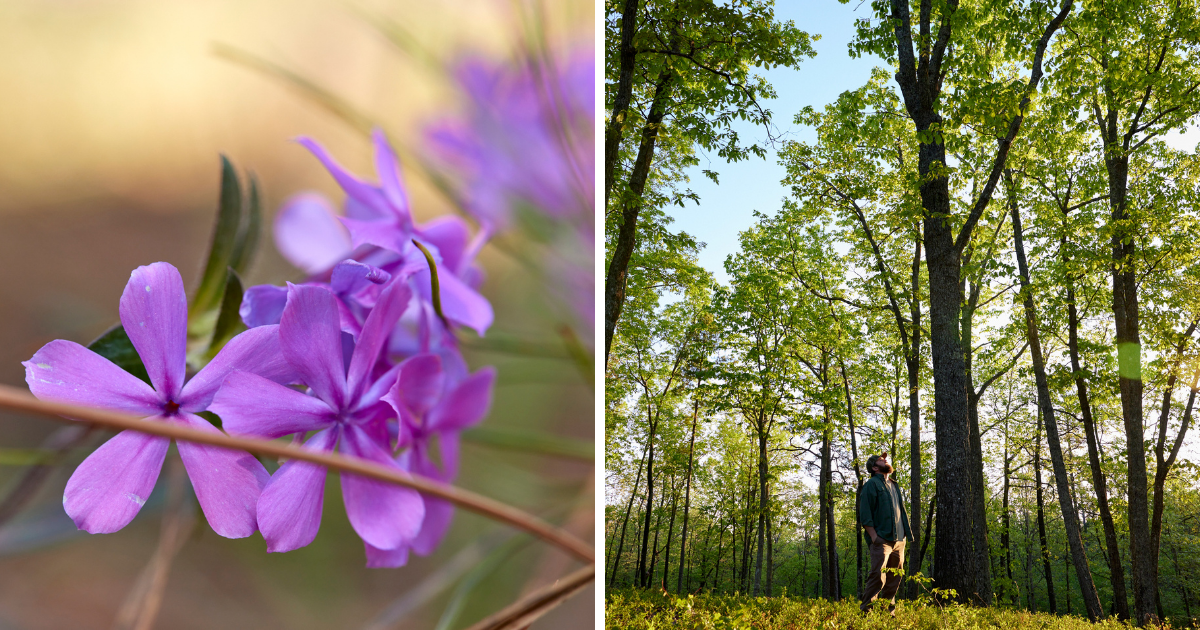
AS LYBARGER’S WORK transitioned from pastime to committed endeavor and finally became official with the formation of NHP, his social media content evolved, too, and soon he was posting videos that showed how he was preserving and improving the areas of native grasslands he’d find. “When I’d come across a place that was special, something in me felt obligated to take care of it and manage it, so I was doing that for free. And then I hooked up with a guy who is a popular YouTuber who is from the same town as me. He gave me some great advice.” Lybarger already had the expertise and plenty of zeal, and the demand for what he was producing was there, but his YouTube buddy told him he needed a name, other than his own, and he needed a brand. “That’s how the Native Habitat Project came to be,” he says.
Now, NHP actively manages two to three dozen prairie remnant sites, doing prescribed fires, removing invasive species and more, at no cost to the landowners; the work is funded by donations to NHP. “People give money to fund the videos, so the content, in turn, funds NHP’s conservation work too,” Lybarger says. “That’s part of the goal. The other part is using this influencer model to educate others and show them how and why they can and should do their own conservation and restoration.”
He stresses why the work NHP does is essential for the health and sustainability of Alabama’s ecology longterm. “Ninety-seven percent of Alabama’s land is privately owned, so there are these great places that are not getting the attention they deserve because not many people, if anybody, knows about them,” he says. “Each of the sites we are currently managing has something unique that needs protecting, so imagine how much else out there contains something just as special.”
Lybarger and the NHP team are also reestablishing these forgotten grasslands thanks to NHP’s seed saving project, an aspect of NHP that actually precedes it and provided Lybarger some comfort following his father’s death. “He died in 2017, while I was on my honeymoon. That was hard,” he says. “I spent a lot of the next year just walking in the woods, and then I started collecting seeds from these native plants I was learning more about.” In 2020, he and his wife started a native plant nursery. There weren’t any in the area, so when they started, it was an instant hit.

THE NURSERY IS no longer open, but Lybarger is still collecting native species seeds and using them on the NHP sites. “We protect where we can but also restore with these native seeds,” he says. And he’s looking for a new location to reopen the nursery so NHP can branch out farther. “I want to provide seeds to make it easier for backyard gardeners and famers to grow native plants, and I want to provide native plants to encourage people to use them in their landscaping. They look great and work great because they were made to grow in the area’s soil and climate.” He’s also hoping to revive larger areas of prairie by doing native seed planting on a large scale.
NHP doesn’t solely subsist on the generosity of content consumers’ generosity; the organization is also paid by landowners who want Lybarger’s and his teams’ expertise to benefit their property. “We do land consultations, too,” Lybarger says. “We really have so many people reaching out to hire us for that work, and we’ve recently added to our team to try to accommodate that.” He says he loves this piece of the NHP puzzle but admits it’s not the aspect that truly fulfills him.
Lybarger finds the most satisfaction when he’s making his videos and using them to share the stories of the rare grasses, hidden populations of endangered plants and small pockets of prairie sanctuaries he finds and nurtures. Giving these places a voice gives him something, too. “It’s rewarding; it’s filling a need that needs filling. That’s my favorite part,” he says.
NHP is also creating awareness campaigns to preserve specific plants, like the leafy prairie clover, its stalks crowned with cones ringed in little purple flowers, which today, only exists in three known sites in the whole of Alabama. “We sell t-shirts to raise funds for this work,” he says, “and I want everything we are doing to expand and reach more people. These ecosystems are being ignored, and the goal of NHP–my goal–is to push out a message and educate folks about them so they’ll care that they’re disappearing.” Lybarger hopes to make the plight of prairies and other grasslands as mainstream as the “plant a tree” promotions that have become ubiquitous. “You can’t appreciate what you don’t know about, so putting a spotlight on the beauty and value of these amazing places is what this is all about,” he says.
Story by Jennifer Kornegay / Photos by Henry Gonzalez
Read More
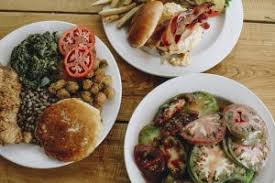
Five Tupelo Favorites Making Waves in Southern Cuisine
Road tripping along the Natchez Trace can build up quite a hunger. Luckily, this legendary route cuts straight through Tupelo, Mississippi. Famous for being the
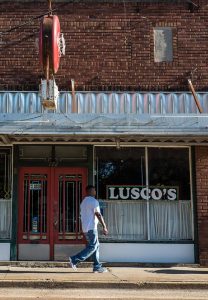
Discover Greenwood, Mississippi Where The Spirit of Food, Music and History Lives On
We’re one of those cute blogger couples you follow on Instagram. I cover food. Ines covers travel. We write about restaurant openings and trending hot
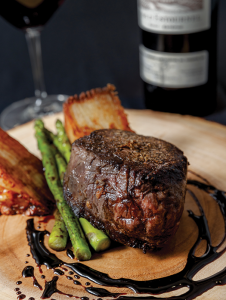
Filling the Table
Driven is a word used to describe many successful people, and it’s no different for Robert St. John. Most chefs have their plate full with
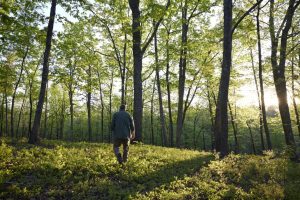
Visit Ridgeland: Inside + Out
For those who have preconceived notions about sleepy little southern towns in America, nestled along the shores of the Barnett Reservoir (locally known as “The
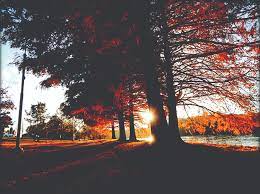
10 Inspiring Reasons to Visit Clarksville, TN this Fall
From a bustling downtown to relaxing country drives framed by extravagant fall color, Clarksville, Tenn. is a favorite mid-south fall road trip. If your getaway

Eli’s Coming
The tradition of Southern Blues-Rock is in great shape, in the capable hands of Eli Cook of Nelson County, Virginia. Located west of Charlottesville, Nelson

